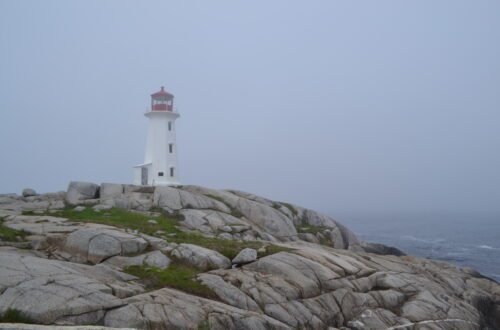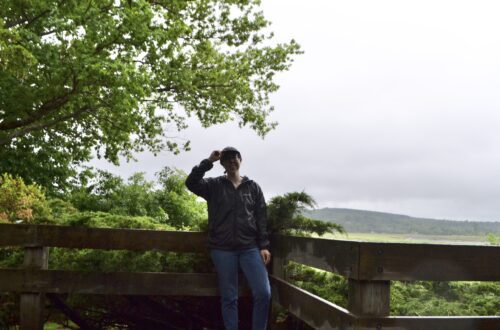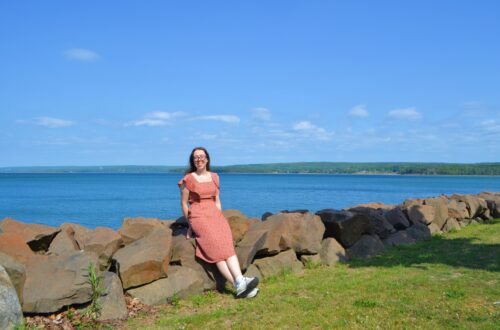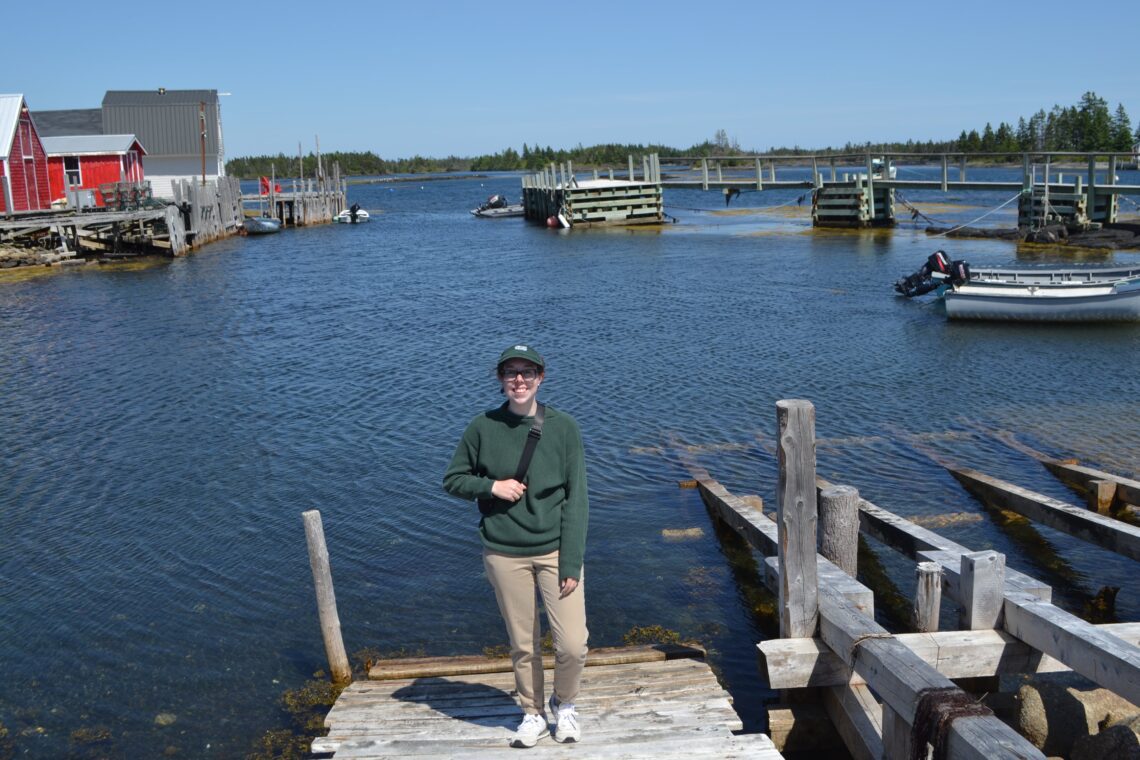
Lunenburg, Nova Scotia
Lunenburg County, est. 2,263 residents
Lunenburg, Nova Scotia, is a vibrant town with endless possibilities to explore. Before the British established the town of Lunenburg in 1753, the Mi’kmaq called the site E’se’katik or “place of clams.” The area was also known to the French as Merliguesche and was the home to a small Acadian settlement in the colony of New France beginning in the 1620s. The Acadians and Mi’kmaq co-existed peacefully until the British arrived.
On June 8, 1753, a small group of ships carrying 1,453 settlers protected by 150 troops and militia arrived at the site of Lunenburg. As the Father Le Loutre War raged on, this became one of the first attempts by the British to replace the Indigenous and Acadian Catholic populations with Protestant settlers. This move completely went against the 1752 Peace and Friendship Treaty between His Majesty the King and Chief Jean Baptiste Cope, but the British continued. It was also part of the British government’s campaign to establish Protestants in Nova Scotia against the power of Catholic Acadians and helped get rid of a group of settlers that had become problematic out of their frustration due to perceived mistreatment by the British.
The first group of “Foreign Protestants” to live in the region were German, Swiss and Montbéliard French immigrants. The settlement was founded by two British army officers, John Creighton and Patrick Sutherland and German-immigrant local official Dettlieb Christopher Jessen, who named the new town “Lunenburg” in honour of King George II, who was also the Duke of Braunschweig-Lüneburg.
Building the Town of Lunenburg
Charles Morris, a surveyor general for the British Empire, devised the plan for the town of Lunenburg. He had worked on past projects and became known for his orderly gridiron and the ability to link harbours to hills smoothly. Despite the presence of a steep hill, Lunenburg was laid out in a rectangular grid, which was the standard British model for colonial settlements. Six divisions were created in total, each containing eight blocks. These were then subdivided into 14 lots measuring 40 by 60 feet with a four-block area in the town’s centre reserved for public use.
Construction for the new town began shortly after the arrival of the first settlers in June 1753. Each family that moved to the area was provided with a town lot. They were also given a “garden lot,” which was located directly east of the town. Many of the first temporary houses were made of round poles or hewn timber and had thatched roofs. When it came to permanent homes, settlers opted for the “Cape Cod” style, which was used extensively in New England and the newly established settlement of Halifax, Nova Scotia. These small homes were often made of wood and contained two or three rooms on the ground floor with a loft under the steeply pitched roof.
Many early settlers were originally farmers from inland areas of Europe, but that gradually changed as more and more turned to the sea for their livelihoods. As early as the late 1700s, the German and French-speaking settlers from different religious backgrounds worked together to try their hand at fishing. By the mid-19th century, shipbuilding, fishing and foreign trade became the backbone of the economy, eventually making the town an influential centre in Nova Scotia, second only to Halifax in its political power and population.
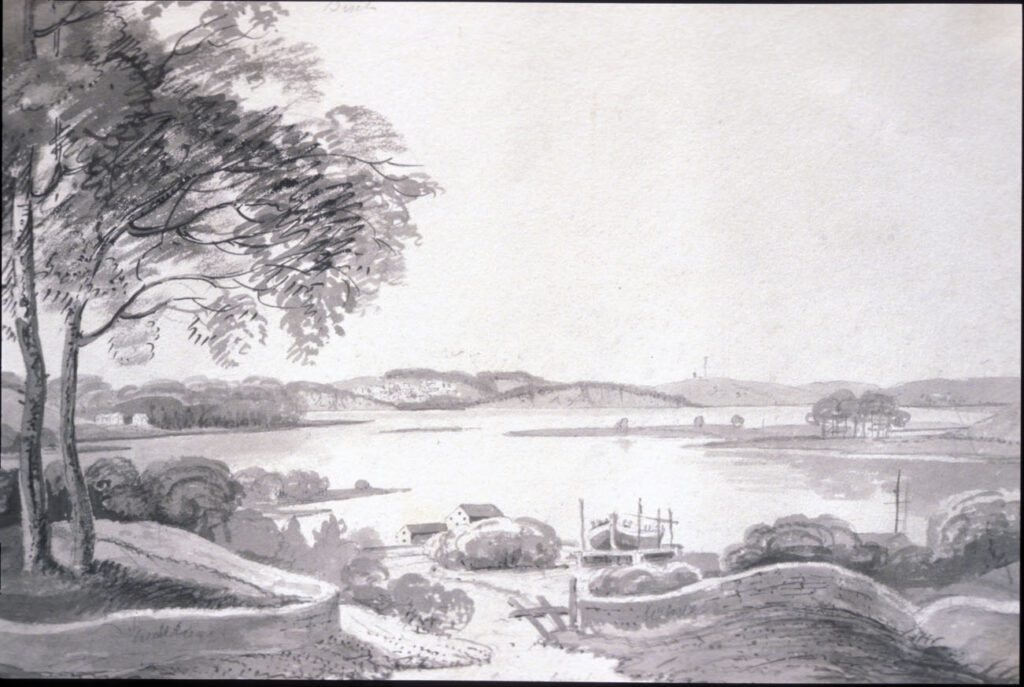
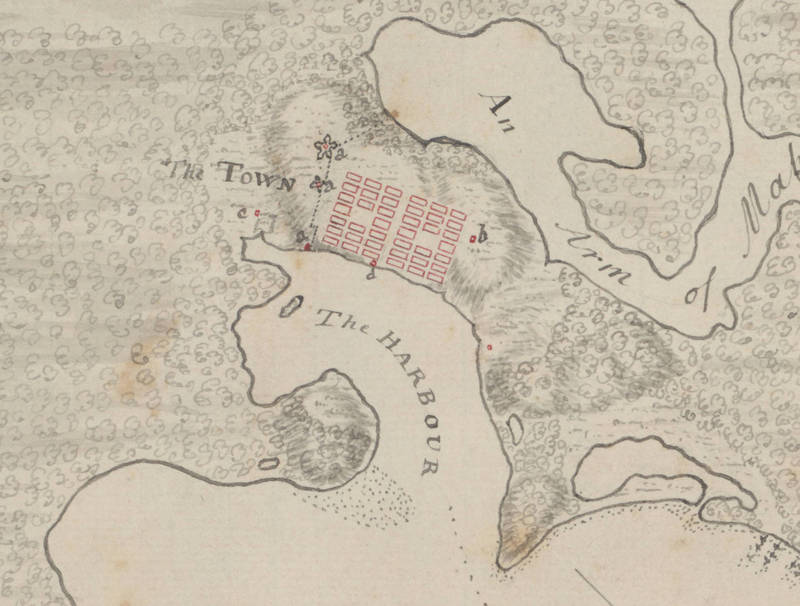
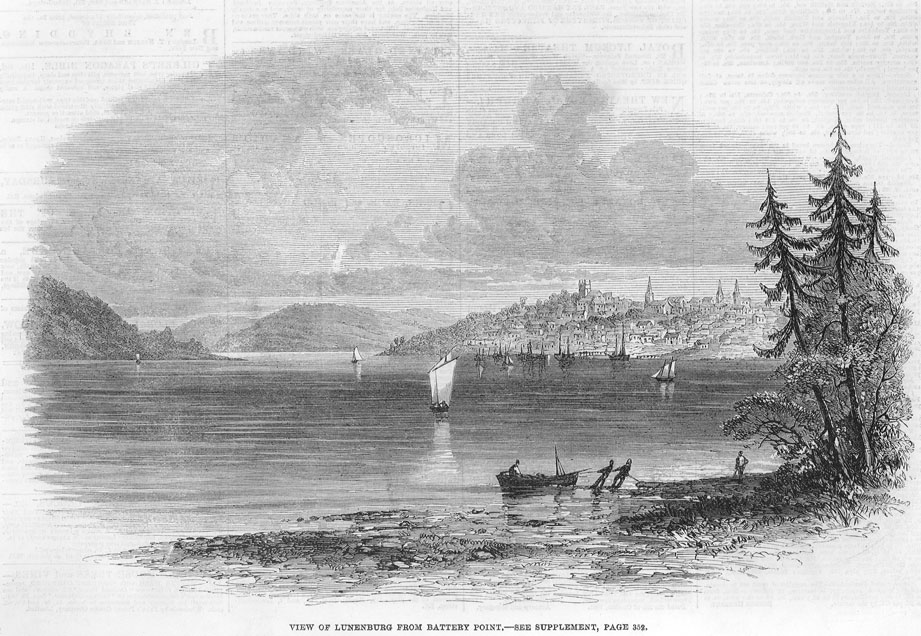
In the 1850s, the region sent its first fishing fleet to the Grand Banks and never looked back. Innovations such as “double dory” trawl fishing and fresh-fish processing have positioned Lunenburg at the forefront of the Canadian fishing industry. Today, one of Canada’s largest fish-processing plants and fleet of deep-sea trawlers make Lunenburg its base. For over 200 years, shipbuilding and fishing have helped the community thrive. Lunenburg remains one of the few communities in North America where traditional shipbuilding skills can be found, such as those that built the Bluenose.
A UNESCO World Heritage Site
Old Town Lunenburg was designated a UNESCO World Heritage Site in 1995. The town was given the honour after UNESCO determined it to be the best surviving example of a planned European colonial settlement in North America. A pre-designed “model town” was applied to the area without regard for the local topography, which resulted in Lunenburg’s straight but steep streets.
The criteria for this distinction was achieved as the town has preserved most of its original layout and unique architecture since the 1800s. Old Town Lunenburg is made up of around 400 buildings, many of which are reflective of the typical wooden British architecture seen at that time.
Lunenburg’s close association with the Atlantic fisheries also made it an example of a community whose traditional way of life has become vulnerable. On December 6, 1995, Old Town Lunenburg was designated a World Heritage Site because it met two of the ten selection criteria.
“Number Four, which deals with outstanding types of buildings and streetscapes that illustrate significant stages in human history and Number Five, which deals with outstanding examples of traditional human settlement or human interaction with the environment, especially when it has become vulnerable.”
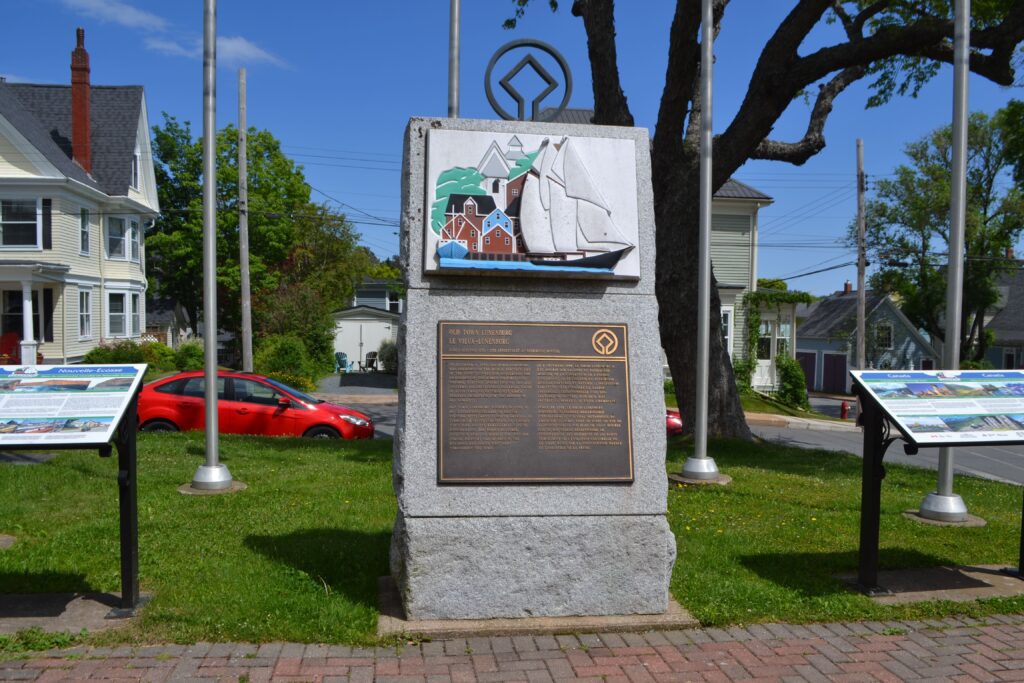
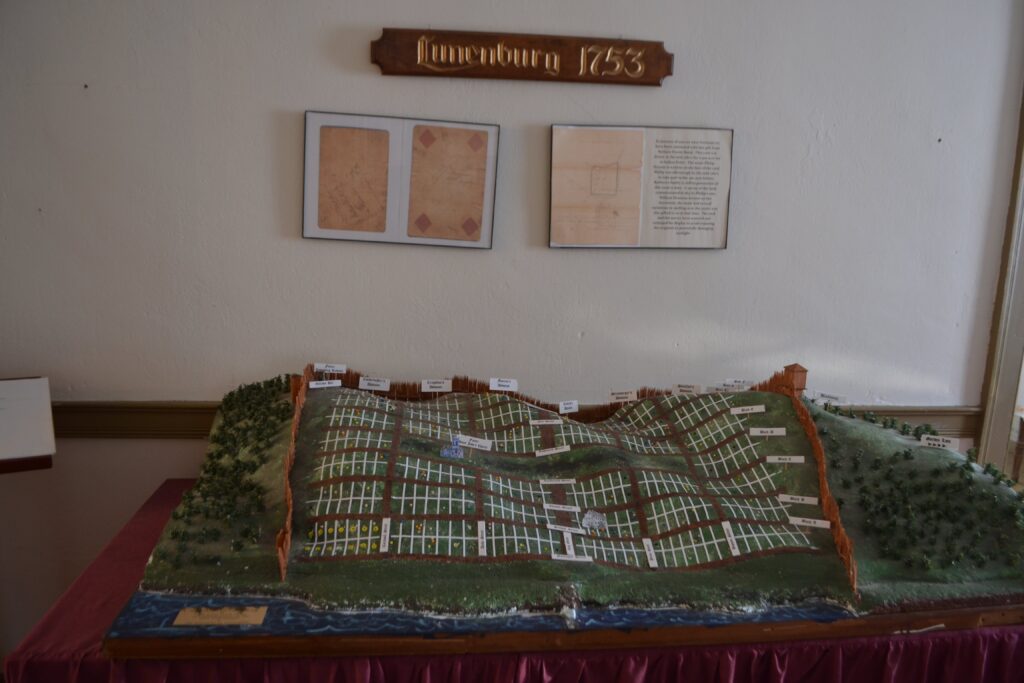
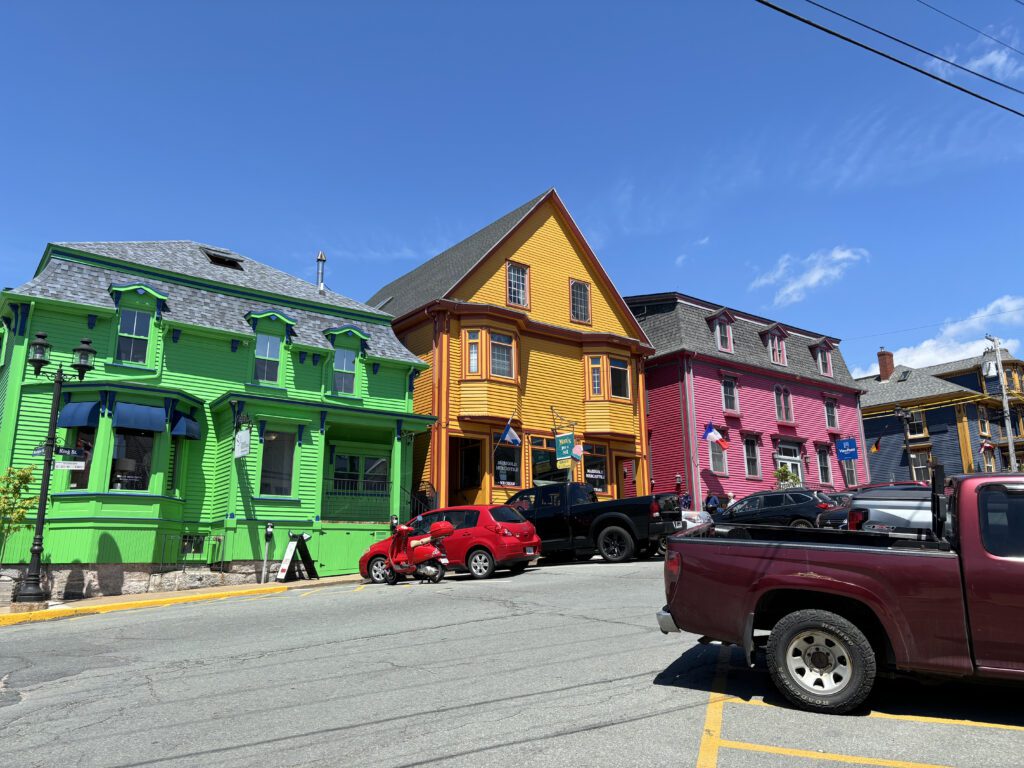
The Town of Lunenburg and its residents have done an immaculate job of preserving homes and public buildings dating back to the 18th and 19th centuries. Walking through the charming streets, it’s easy to spot the well-preserved architecture that showcases the town’s rich seafaring past. Many heritage buildings are brightly coloured, ornate churches stand tall on seemingly every corner, and the picturesque waterfront beautifully captures why Lunenburg stands out as a captivating maritime treasure.
Lunenburg Today
Lunenburg Oceanview Chalets is a perfect place for those looking for a quiet retreat. The cedar log chalets are a hidden gem and offer a charming view of Lunenburg’s Back Harbour. The picturesque views, traditional ambience and modern amenities are all included for a comfortable getaway.
The cottages were opened 25 years ago by an ownership group that included Basil Oikle, who, in January 2022, purchased the business outright. Each chalet is fully furnished, including queen-sized beds, double foldout sofas, air jet tubs, wood stoves and much more. The self-catering log cabins are just moments away from Lunenburg and are open year-round for a peaceful holiday you’ll cherish forever.
The Harbour Cruise on the Bluenose II was a relaxing way to spend a lovely morning. During this voyage, you can expect stunning views of the Lunenburg waterfront, insightful knowledge from the crew, and the opportunity to watch them set sail as the boat enters open waters.
The Bluenose has an incredible history tied to Lunenburg. It was launched as a Grand Banks fishing and racing schooner on March 26, 1921, in Lunenburg, designed by William Roué and built by the Smith and Rhuland Shipyard. The vessel represented Canada on the world stage — appearing at the Century of Progress World’s Fair in Chicago and sailed to England’s Silver Jubilee of King George V in 1935 — and became a symbol of Nova Scotia’s prominence in the fishing and shipbuilding industries. The Bluenose struck a reef off Isle aux Vache, Haiti, on January 28, 1946, but despite the loss, the mighty schooner still lives on in the hearts of many proud Canadians.
In 1963, Bluenose II was launched and was built by many of the same people who had worked on the original vessel at the same shipyard located in Lunenburg. Oland Brewery financed the project to advertise its products and promote Nova Scotia’s maritime heritage and tourism. In 1971, the boat was gifted to the Government of Nova Scotia and continues to sail out of Lunenburg and other ports across Nova Scotia and North America to this day.
The Fisheries Museum of the Atlantic (FMA) is an incredible resource for anyone visiting Lunenburg. Located today in a former fish processing plant on the waterfront, the museum originally started aboard the schooner Theresa E. Connor in 1967 as part of Canada’s Centennial. The schooner launched from Smith and Rhuland Shipyard in 1938 and retired from fishing the Grand Banks in 1963. It remains part of the museum as a floating exhibit, capturing the history of the oldest salt banker still in existence on Canada’s east coast.
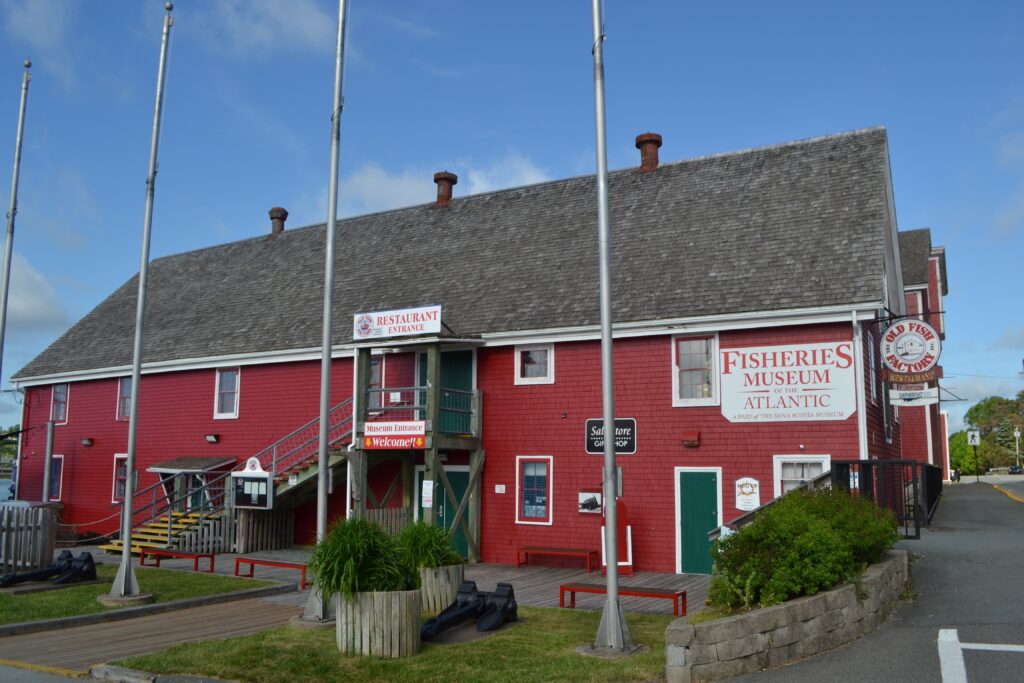
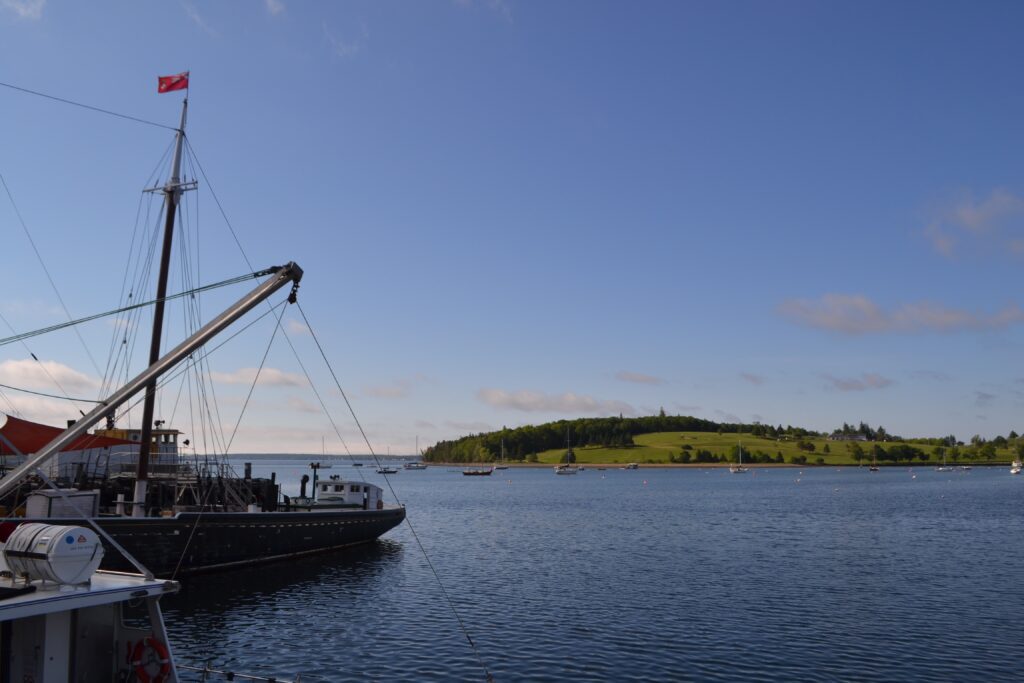
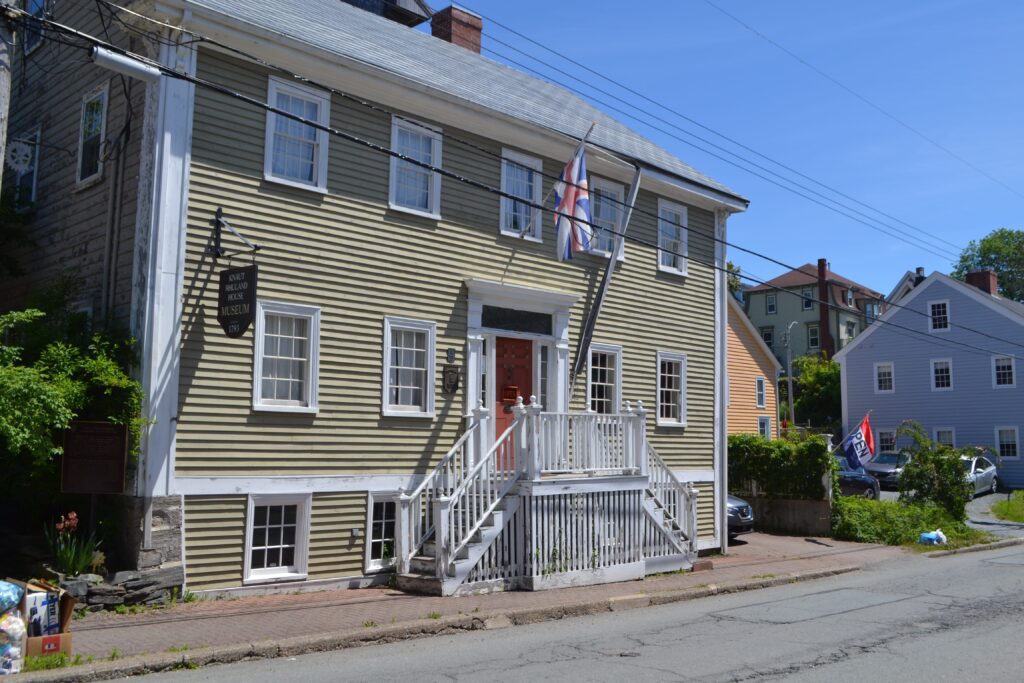
The FMA moved to its current location on Lunenburg’s waterfront in 1975. The first section of the museum building was constructed in 1899 as part of W.C. Smith & Co., and additional buildings were added on as needed to support the thriving fishery. Due to this success, in 1926, Lunenburg Sea Products Co. was opened and operated as a subsidiary of W.C. Smith & Co. The High-Liner brand was also created at this time, and in 1945, all subsidiaries of the company operated as National Sea Products. National Sea became very successful and, by the 1970s, moved to a larger facility.
By 1978, the old fish plant wharves were rebuilt so visitors were able to gain safe access to the buildings, which were also under development. Thanks to the volunteer Board of Directors of the Lunenburg Marine Museum Society, the museum has grown to include a number of exhibits that celebrate the rich history of Canada’s North Atlantic fishery, including unique artifacts and demonstrations of traditional skills like lobster trap-making and boat building.
The Knaut-Rhuland House Museum is a late eighteenth-century wooden home that became a National Historic Site of Canada in 2002. The original home was built in 1793 by Benjamin Knaut, a merchant and the sheriff of Lunenburg. He was also the son of one of the most prominent foreign Protestants to settle Lunenburg, Philip Augustus Knaut. Benjamin Knaut sold the home in 1813 to Conrad Rhuland, a mariner and privateer. After changing hands a few more times, the building was sold to the Independent Order of Odd Fellows in 1907 and then to the Lunenburg Heritage Society in 2000.
The Historic Sites and Monuments Board of Canada designated the house a National Historic Site for its historical importance. Today, it provides visitors with a look at early residential life in Lunenburg, with several rooms decked out to match the time period.
The Hidden Gems Tour of Lunenburg by Seaweed Tours was a terrific experience. Gary was an extremely knowledgeable tour guide who highlighted a number of great locations around Lunenburg, as well as the beautiful communities of Stonehurst and Blue Rocks. Nancy, the owner and operator of Seaweed Tours, came to the town in the late 1970s to help her father, who owned a local fisherman’s tavern. While she planned on only staying for two weeks, she remained there for the next 40 years and counting. During her days at the tavern, she heard many stories from the fisherman she served, and she now incorporates those tellings into her tours.
Lunenburg is a must-see when visiting Nova Scotia. This captivating maritime destination has countless tours, museums, shops and activities to enjoy, seamlessly blending history and heritage into one memorable experience.
A big thank you to Clive Gibson from Lunenburg Oceanview Chalets for the wonderful sponsored stay, as well as Laura Smith from the Fisheries Museum of the Atlantic for providing me with more information about Lunenburg, and Gary from Seaweed Tours and Katherine from Lunenburg Walking Tours for their knowledgeable tours about the area.


